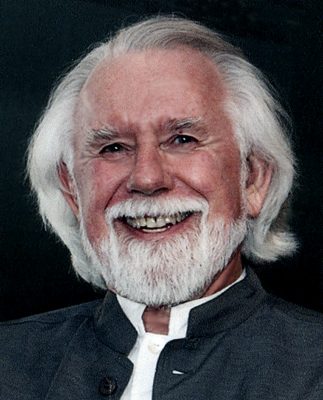|
|
Alvy Ray Smith, '70, BSEE; '99, Honorary Ph.D.
NMSU engineering alum Alvy Ray Smith, who co-founded Pixar and shared in two Academy Awards for technical advances in digital media is being honored as Ingeniero Eminente.
In 1974, Smith was a visiting scientist for Xerox PARC where he created the HSV color space. He began working at New York Institute of Technology in 1975 and co-invented the alpha channel concept that results in the combining multiple 2D images into a single, final image.
Smith took that concept and went on to be a founding member of Lucasfilm in 1980. In 1986, he co-founded Pixar and served on the board of directors and as the executive vice president. In 1991, Smith founded Altamira later acquired by Microsoft and became the first Graphics Fellow at Microsoft in 1994.
Smith has received two technical Academy Awards for his alpha channel concept and for digital paint systems. He was elected to the National Academy of Engineering in 2006 for “fundamental changes in the graphic arts and motion picture industries.”
Smith directed the first use of full computer graphics in a successful major motion picture, Star Trek II: The Wrath of Khan, the “Genesis Demo,” while at Lucasfilm. He hired John Lasseter, Disney-trained animator, and directed him in his first computer graphics film, The Adventures of Andre & Wally B. The team he formed for these pieces later proceeded, under Lasseter as artistic director at Pixar, to create Tin Toy, the first computer animation ever to win an Academy Award, and the first completely computer-generated film, Toy Story, Disney’s Christmas ‘95 release and also an Academy Award winner.
Smith, who grew up in Clovis, worked as a junior engineer in the Physical Science Laboratory’s electromagnetics section while earning his bachelor’s degree in electrical engineering at NMSU. He graduated with high honors in 1965 and went on to earn master’s and doctoral degrees in computer science at Stanford University. In 1999 he received an honorary doctorate from NMSU.
Smith retired in 1999 to devote time to the emerging art form of digital photography and to scholarly genealogy, to which he has contributed two books and several journal papers. He continues to support efforts to expand collaborative endeavors between the areas of electrical and computer engineering and digital media. He is currently working on a book called A Biography of the Pixel and advising a VR startup company in Silicon Valley.

